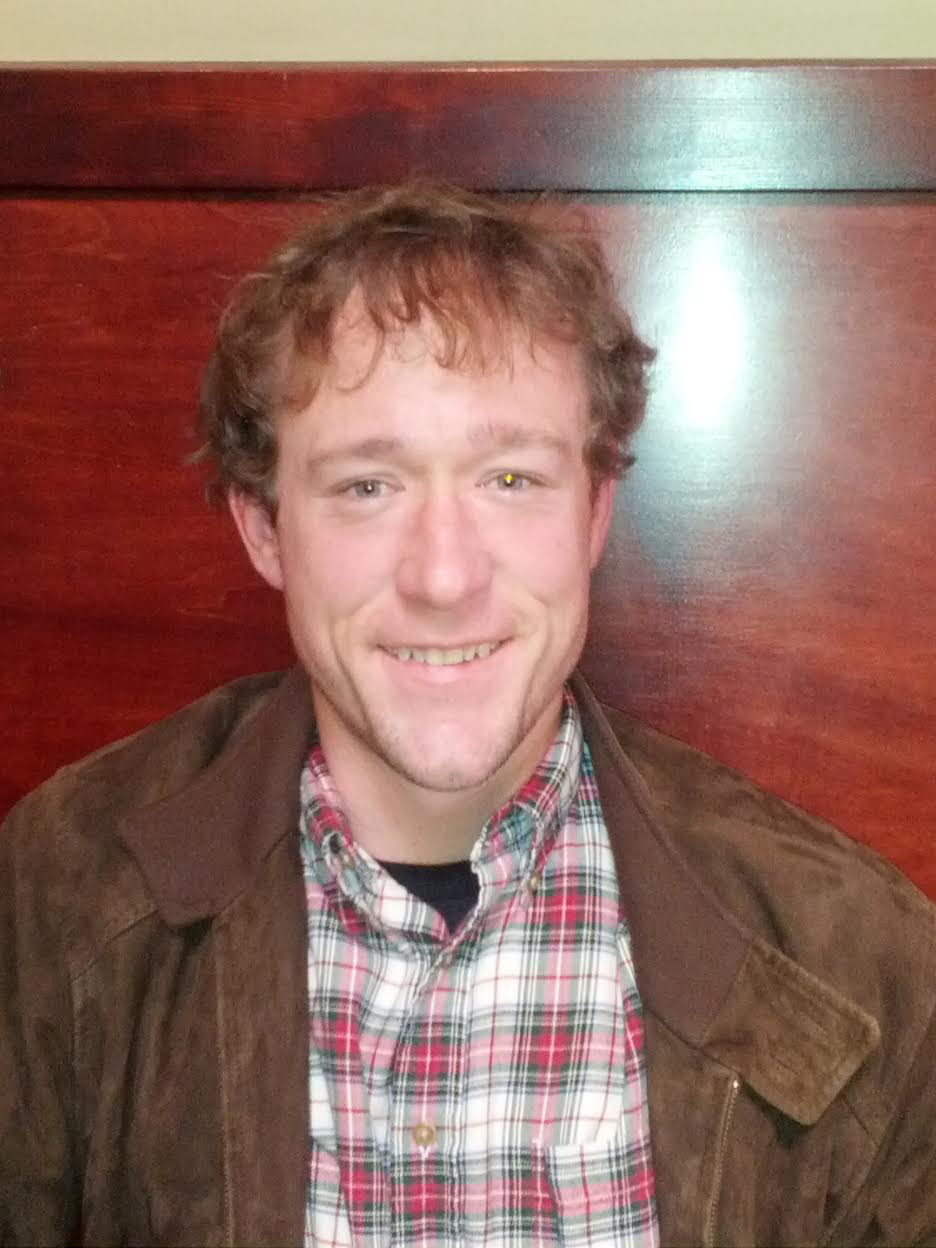 (Massive spoilers ahead for Frozen 2. Also Frozen. This should be fine because, to judge by ticket sales, you’ve probably already seen them.)
(Massive spoilers ahead for Frozen 2. Also Frozen. This should be fine because, to judge by ticket sales, you’ve probably already seen them.)
I have two daughters, but for the last few years, I’ve felt like I have four: Penny and Lupin, princesses of House Brewitt, and Anna and Elsa, princesses of Arendelle. I know I’m not alone in this—Anna and Elsa have joined many, many families. The first thing my older daughter wanted to be when she grew up was an Elsa. My younger daughter has only just turned two but demanded a toothbrush with Anna on it and totes around a stuffed Olaf (the snowman) instead of a teddy bear. I know all of the songs by heart. So of course, when Frozen 2 hit theaters, we (except for the two-year-old) went to see it immediately. I really liked it, but I did not expect it to be about environmental interest groups, political framing, and dam removal. Which is to say, my book.
Quick background if you don’t know Frozen . . . Arendelle, a lightly disguised Norway, has two princesses. Elsa, the older sister, possesses the power to shoot ice out of her fingers. Anna, the younger one, has no such power but DOES have a spunky personality. Their parents die at sea (Disney trusts kids to deal with some heavy themes between catchy showtunes; Frozen is based on Hans Christian Andersen’s “The Snow Queen”), Elsa freezes Arendelle but eventually sorts out how to harness her powers and be herself, and in the end, everyone learns about love, understanding, and the importance of taking action to fight climate change.
Frozen 2 is also about love and understanding, but this time the characters come together through dam removal. The action takes us north of Arendelle, to the tribal lands of Northuldra. The girls’ dad, King Agnarr, had been part of a state visit there as a young prince, and Arendelle had built a dam to support economic development in the Northuldrans’ pre-industrial landscape. But the dam, the girls discover, was really an instrument of colonial violence—the girls’ grandfather, a nasty combination of Andrew Jackson and Otto Von Bismarck named Runeard, built the dam to destroy Northulda’s magic and open the land for conquest. What’s more, Elsa and Anna turn out to be half Northuldran themselves! They decide to destroy the dam, and they rouse Earth Giants to do just that. Elsa uses her powers to divert the uncontrolled dam release away from Arendelle, and everyone, again, lives happily ever after or until the inevitable sequel.
And it’s all true! Other than talking snowmen and ice magic. In real life, dams have been and still are used to destroy indigenous livelihoods, displace local communities, and force the dominant culture onto native people who live near the river. The Northuldrans are directly based on the Sami, the indigenous people of northwestern Europe. Norway’s dams (96 percent of Norway’s power comes from hydro) have destroyed the Samis’ traditional resources and stoked political conflict. While Disney seems to have done a pretty good job partnering with Sami people to make the movie, the magic of Northuldrans, and Arendelle’s fear of it, parallel a worldwide tendency to treat indigenous people as extra–human beings, like fairies or hobbits. Honestly, I’m impressed that Disney raised all this in a movie for elementary schoolers.
So how to deal with the industrial mistakes and limited perspectives of the past? In Frozen 2 and Same River Twice, the same lessons apply. In river politics, we’re all stuck with one another, and all stakeholders need to communicate in order to make any progress at all—there is always someone else downstream. Different people frame and value nature differently. Failure to coordinate with one another results in conflict, whether because a magical mist descends upon the watershed or because a nonmagical mist of lawsuits descends upon the United States courts. And when a dam is useless or harmful (of course some of them are useful), it should be removed. Though I have to recommend a responsible engineering approach that minimizes downstream impact; I cannot recommend the Earth Giants.

